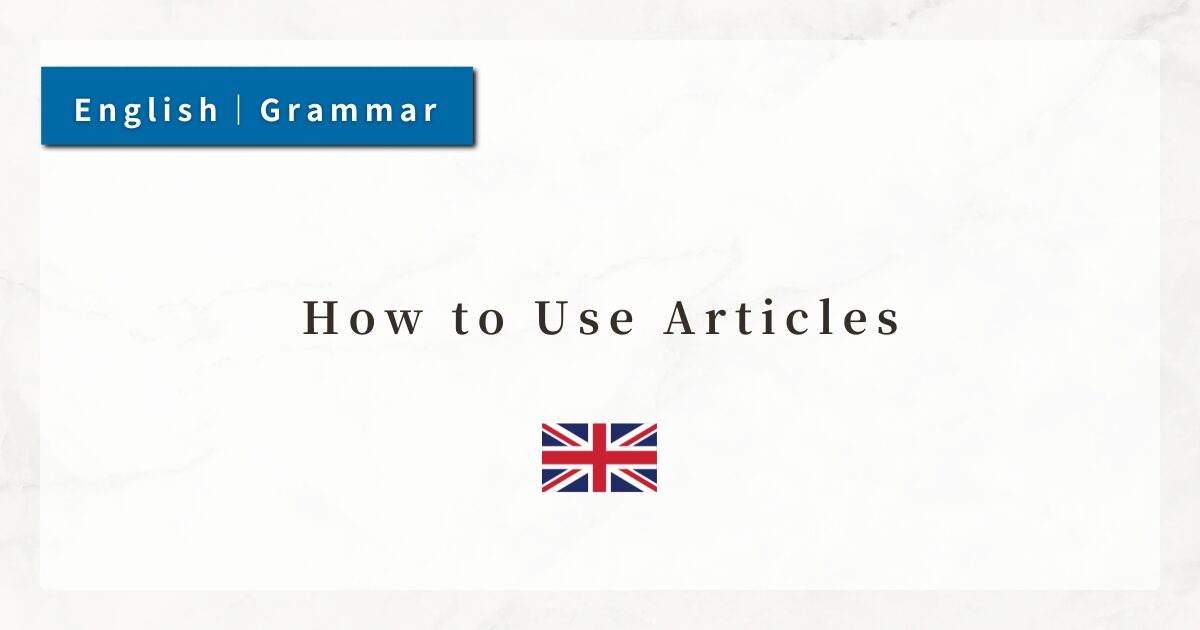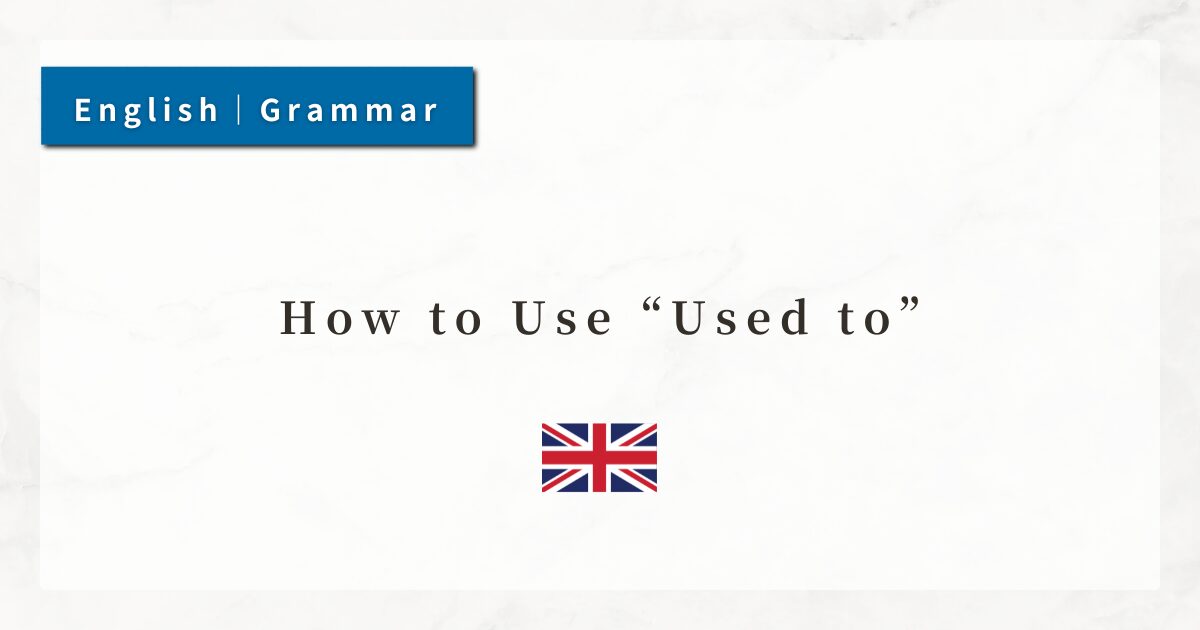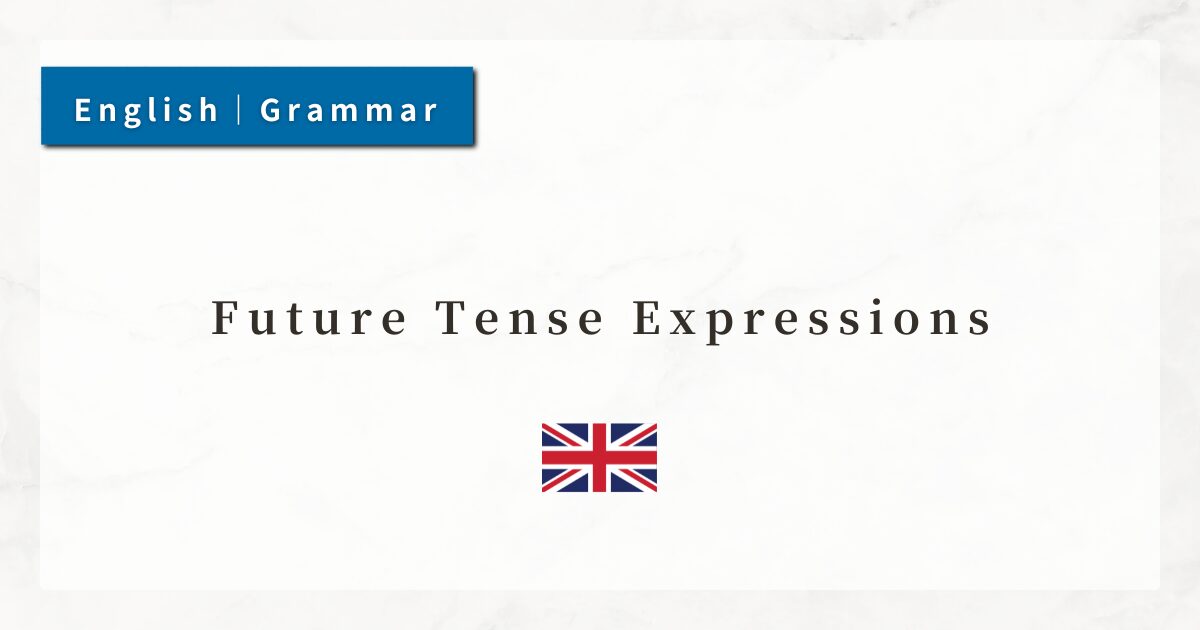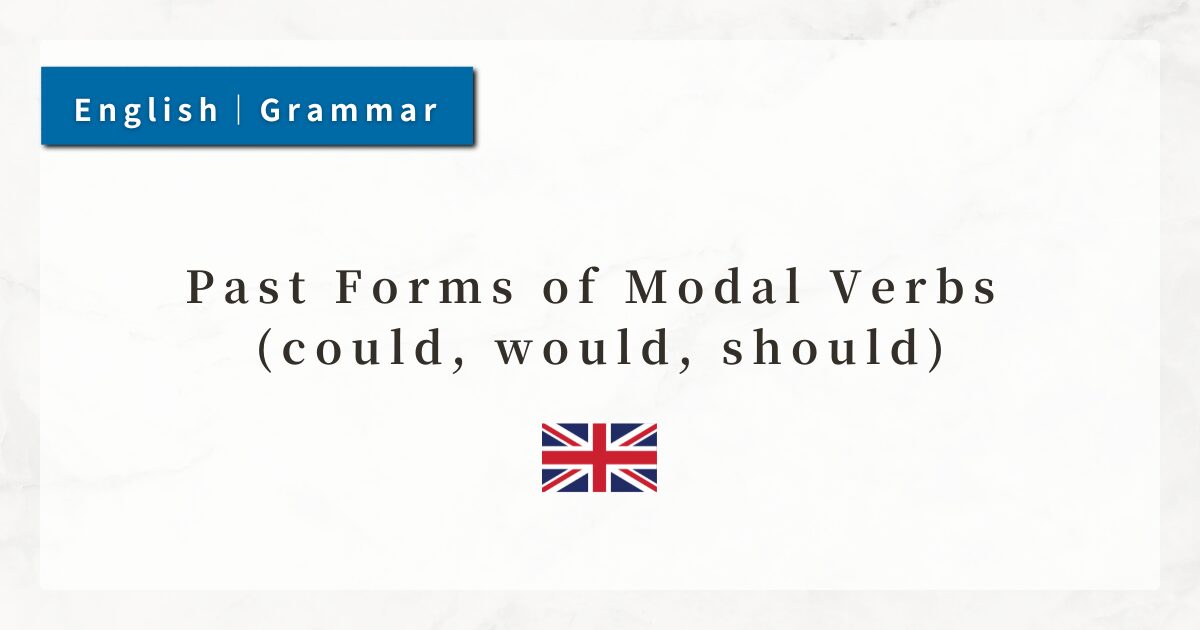#53 Restrictive Relative Clauses|How to Limit and Define Nouns in Sentences

In English, when I want to describe a noun in more detail, I use relative pronouns such as who, which, or that. Among these, the restrictive use specifies and limits the noun, making its meaning clear.
By using restrictive relative clauses, I can identify which person or which thing I am referring to, and ensure that the meaning of the sentence is precise.
In this lesson, I will explain the basic rules and usage of restrictive relative clauses.
1. What Is the Restrictive Use?
The restrictive use refers to the way a relative clause limits and defines the antecedent noun.
- The man who is standing over there is my uncle.
Here, “who is standing over there” modifies “the man,” specifying him among many possible men.
If I remove the relative clause and simply say “The man is my uncle,” the sentence is grammatically correct, but it does not tell me “which man.”
Thus, the restrictive use helps specify and narrow down the meaning of a noun.
2. Relative Pronouns Referring to People
When referring to people, I use the relative pronouns who or that.
- The girl who is singing is my sister.
- The man that I met yesterday is a doctor.
In both sentences, who or that identifies the antecedents girl and man.
In everyday conversation, “that” often sounds simpler and more natural.
3. Relative Pronouns Referring to Things or Animals
When referring to things or animals, I use which or that.
- The book which is on the desk is mine.
- The dog that barked at me was very big.
Both “which” and “that” are grammatically correct, but in casual speech, “that” is often preferred.
4. Features and Key Points of Restrictive Relative Clauses
4-1. No Comma Is Used
Restrictive relative clauses are written without commas. If I add a comma, it changes the meaning into a non-restrictive clause.
- The students who study hard will pass the exam.
4-2. Omission of the Relative Pronoun
When the relative pronoun functions as the object, it can be omitted.
- The book (which) I bought yesterday is interesting.
Here, omitting “which” does not change the meaning.
5. Difference Between Restrictive and Non-Restrictive Clauses
Restrictive clauses are often compared with non-restrictive clauses.
Restrictive use specifies “which person or thing” is meant, and is written without a comma.
- The boy who is playing soccer is my brother.
This sentence limits the meaning to “the boy who is playing soccer,” distinguishing him from other boys.
Non-restrictive use adds extra information and is written with commas.
- My brother, who is playing soccer, is 12 years old.
Here, “who is playing soccer” is additional information about “my brother.”
6. Summary
- Restrictive relative clauses limit and define nouns.
- For people: use who / that. For things and animals: use which / that.
- Restrictive clauses are written without commas.
- The relative pronoun can be omitted when it is the object.
- Be aware of the difference between restrictive and non-restrictive clauses.




